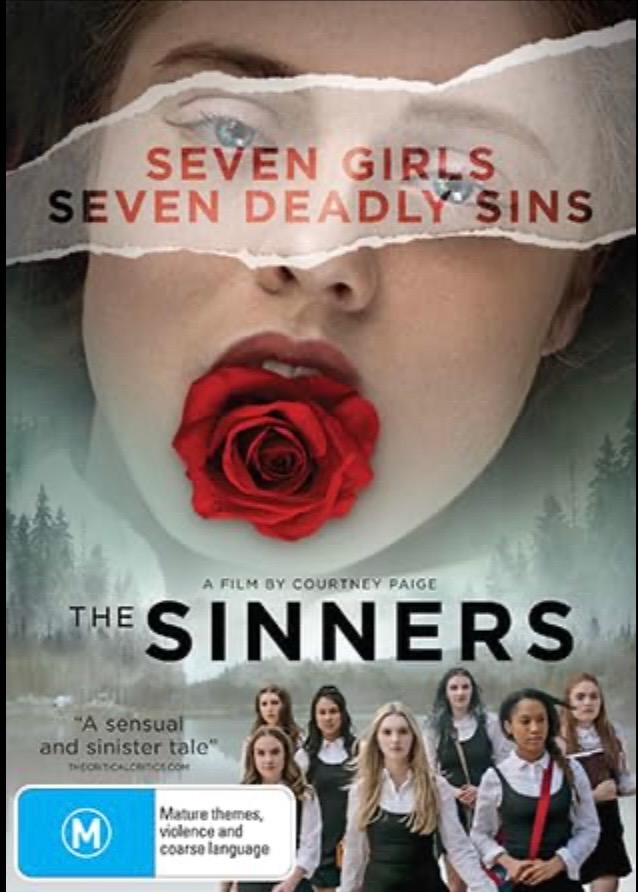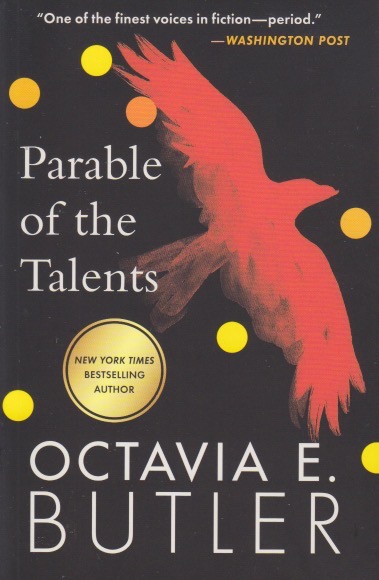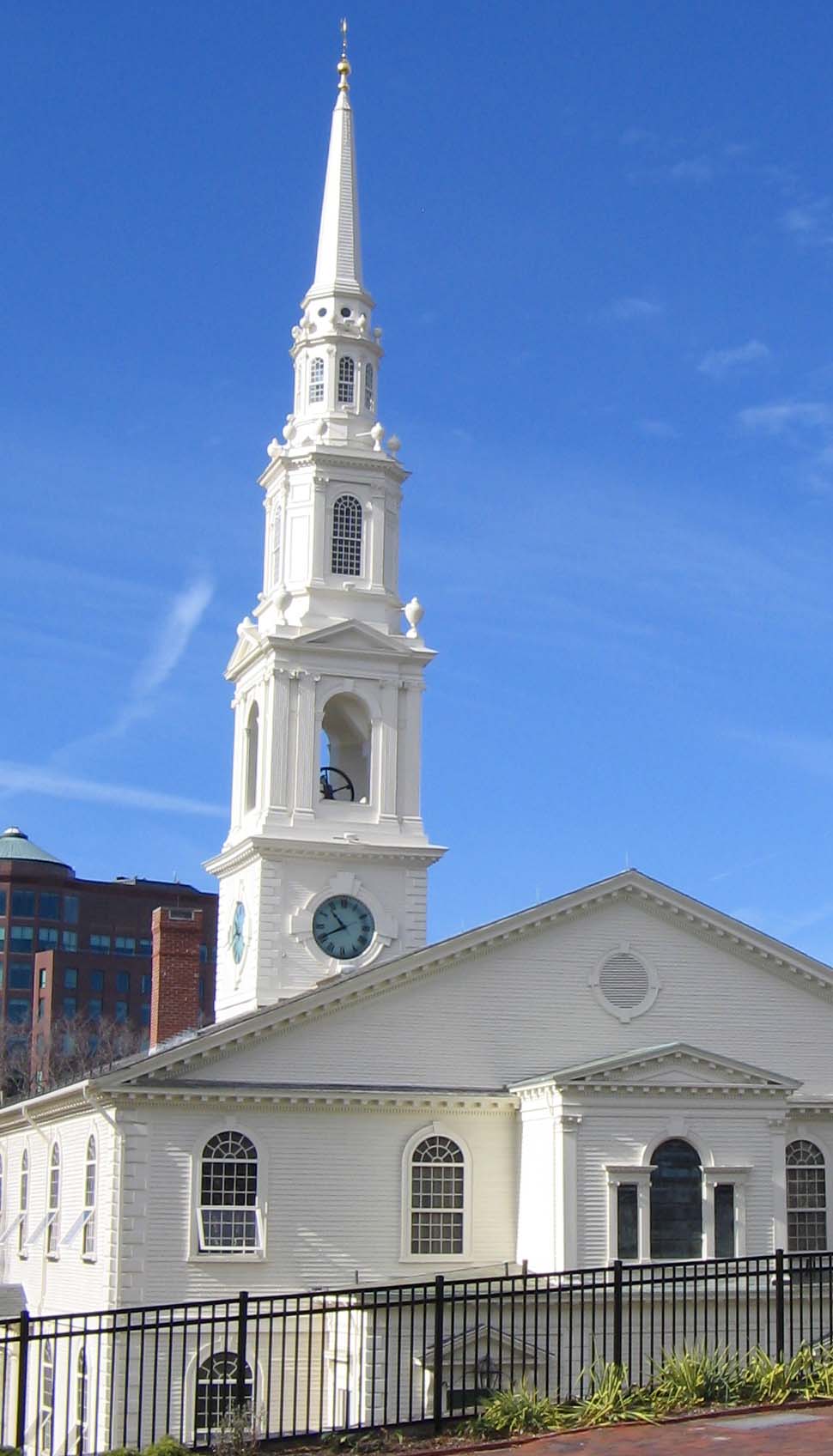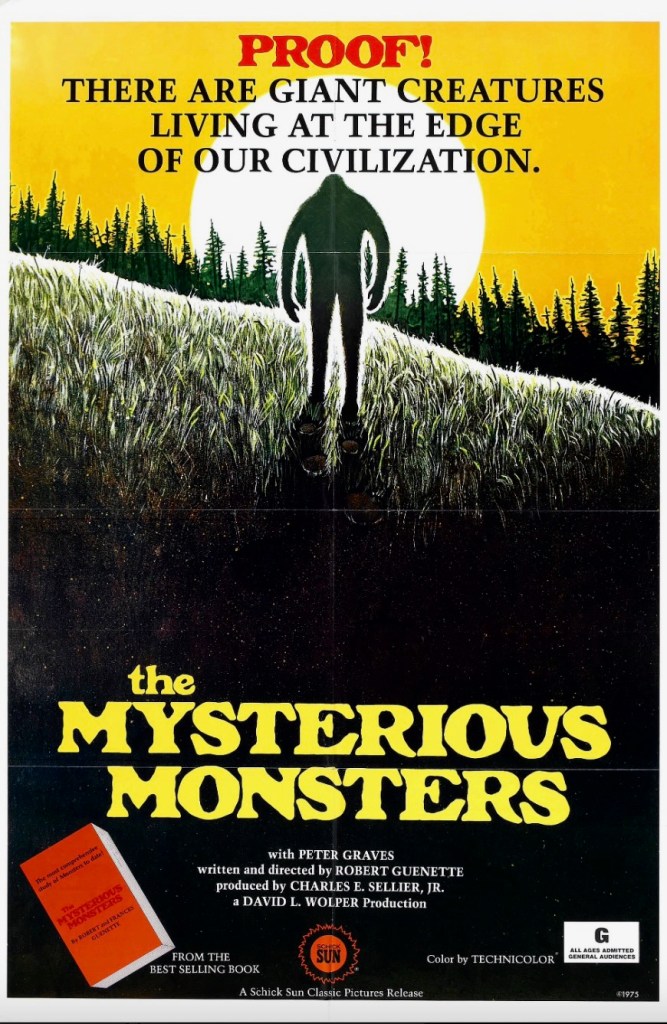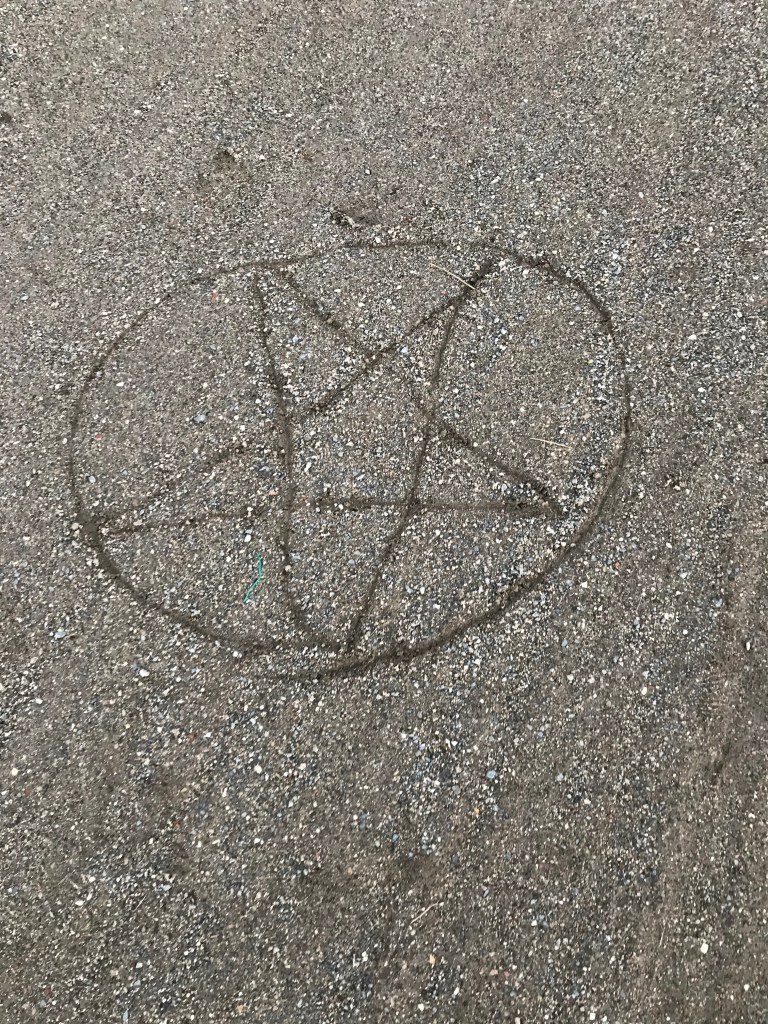I have a proposition. Some folks in town have a big “Anti-Woke” (aka, “asleep”) flag on their house, along with various Trump paraphernalia. Since the Republican Party has largely become reactionary and would, admittedly, still prefer to be asleep, perhaps Democrats should adopt Buddha as a symbol. I know this would be dangerous in a nation that prides itself as being the city set on a hill, but “buddha” means “awoken one.” I’m not a Buddhist but I have no problem with it. The Eightfold Path makes a lot of sense to me. In any case, a good symbol is something to be cherished. I think of Gordon Deitrich having a Qur’an in his house, even as a gay man, in V for Vendetta. Symbols are important. The anti-woke seem to have forgotten Matthew 24.42 “Watch therefore: for ye know not what hour your Lord doth come.” The Bible generally advocates wakefulness.

Trump-branded Christianity is a strange beast. Certainly the use of a Buddha symbol would become a cudgel. Ironically so, for a faith that promotes nonviolence. The “foreignness” or “not-Christianness” outweighs the positive outlook it entails. Any religion that advocates violence should reassess its principles. Buddhism isn’t perfect—no religion is. The basic ideas of right view, right intention, right speech, right action, right livelihood, right effort, right mindfulness, and right concentration work well enough with Christianity, as Thomas Merton discovered. For some, however, the Asian outlook (overlooking that Christianity began in Asia) is a deal-breaker. Strange for a global religion. Not so unusual for those who prefer to be asleep because Fox News sings them a lullaby.
One of the most stirring Christian hymns is “Wachet auf, ruft uns die Stimme,” based on a Bach cantata. Perhaps better known as “Sleepers Awake,” the words take their origin from Matthew 25, the parable of the ten virgins. If I recall correctly, the virgins ready to be woke are those who fare better in this tale. They’re less concerned with condemning other religions and more interested in being able to wake and trim their lamps swiftly when the time comes. As I told a friend the other day, I’m an unrepentant idealist. I do believe that we have it within ourselves to treat all people as having inherent worth and dignity. The real draw to having Buddha is a symbol would be the introspection. Instead of telling other people how to live, the principles are applied at home. Of course, a person has to want to wake up for any of this to work.




